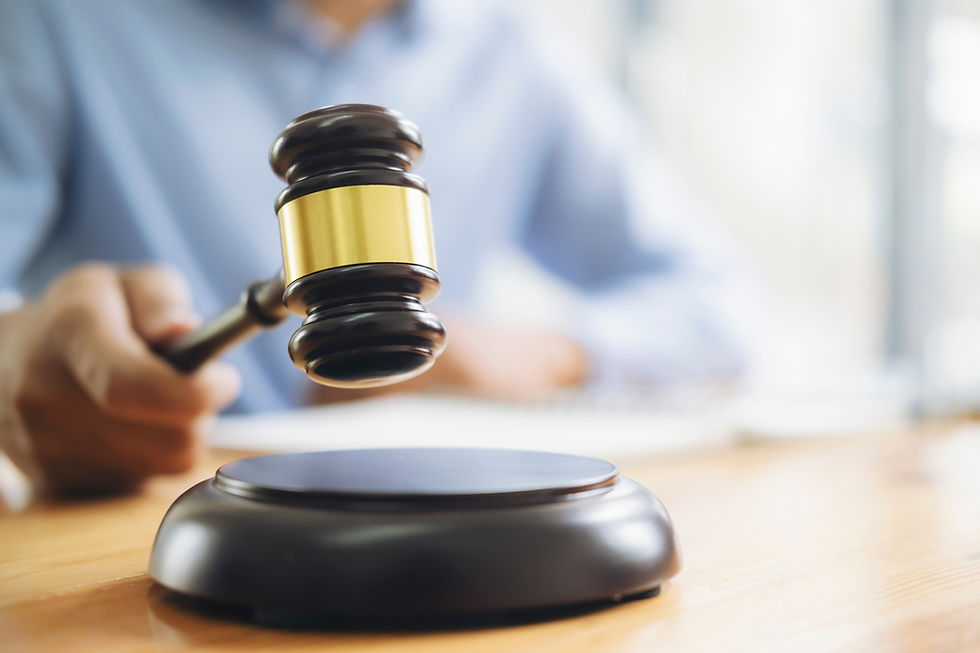Have you heard this during an HOA (or any) Meeting before?
Can I get 2nd? All in agreeance say Aye, Opposed, Nay. Any further discussion?
"Yea, what the heck are they talking about?!" said a meeting spectator.
Well, let me help you understand, this process of organization is called Robert's Rules of Order.
What is it?
Robert's Rules of Order is a widely used guide for conducting meetings and making decisions as a group. For a homeowners association (HOA), it provides a framework for orderly and efficient meetings, ensuring all members have a fair opportunity to participate. Robert's Rules helps HOAs maintain structure, fairness, and transparency in their decision-making processes.

When are they Utilized?
Meeting Agenda: A clear agenda is prepared and followed, outlining the order of business.
Roles and Responsibilities: Defined roles for the chairperson, secretary, and other officers, who facilitate the meeting and keep records.
Motions: Members propose actions through motions, which are debated and voted on. There are various types of motions (e.g., main, subsidiary, privileged, incidental), each with specific rules.
Debate and Discussion: Rules for debate ensure that discussion is orderly, with members speaking in turn and within time limits.
Voting: Procedures for voting on motions, which can include voice votes, show of hands, or written ballots. The method can be decided based on the type of decision being made.
Quorum: A minimum number of members must be present to conduct official business, ensuring decisions are representative.
Minutes: Accurate minutes of the meeting are recorded and approved, providing a written record of decisions and discussions.
Want to get more into the nitty gritty of the official process of Robert's Rules?
There are four basic types of motions:
1. Main motions: the purpose of a main motion is to introduce items to the membership for their consideration. They cannot be made when any other motion is on the floor, and yield to privileged, subsidiary and incidental motions.
2. Subsidiary motions: their purpose is to change or affect how a main motion is handled, and is voted on before a main motion.
3. Privileged motions: their purpose is to bring up items that are urgent about special or important matters unrelated to pending business.
4. Incidental motions: their purpose is to provide a means of questioning procedure concerning other motions and must be considered before the other motion.
How is a motion presented?
1. Obtaining the floor:
a. Wait until the last speaker has finished.
b. Rise and address the Chair or President by saying, “Mr./.Madam Chair or Mr./Madam President.”
c. Wait until the Chair/President recognizes you.
2. Make your motion:
a. Speak in a clear and concise manner.
b. Always state a motion affirmatively. Say, “I move that we…” rather than, “I move that we do not…”
c. Avoid personalities and stay on your subject.
3. Wait for someone to second the motion.
4. Another member will second the motion or the Chair/President will call for a second.
5. If there is no second to the motion, it is lost.
6. The Chair/President states the motion.
7. The membership then either debates the motion or moves directly to a vote.
8. Once the motion is presented to the membership by the Chair/President, it becomes “assembly property,” and cannot be changed by the maker without the consent of the members.
9. Expanding a motion:
a. The time for one to speak in favor of the motion is at this point in time, rather than at the time it was presented.
b. The mover is always allowed to speak first.
c. All comments and debate must be directed to the Chair/President.
d. Abide by the established time limits for speaking.
e. The mover may speak again only after other speakers are finished, unless called upon by the Chair/President.
10. Putting the question to the membership:
a. The Chair/President asks, “Are you ready to vote on the question?”
b. If there is no more discussion, a vote is taken.
c. A motion to move the previous question may be adapted.
11. Voting on a motion: Most motions voted on at the CPAC are by hand vote, or voice vote. If a ballot vote is taken, the ballots must show the name of the member and the organization represented on the ballot. Each member organization and each charter member have only one vote on all CPAC matters. If both the member and the alternate are present, only one may vote.
12. Two other motions:
a. Motion to Table: this motion is often used to put a matter aside. If a vote is successful, the matter may only be brought up again by another motion to “take from the table.”
b. Motion to Postpone Indefinitely: this is often used as a means to allow an opponent of a motion to postpone a vote on the matter being discussed for a vote.
Parliamentary Procedure is the best way to get things done at meetings. But, it will only work if it used properly.
1. Allow motions that are in order.
2. Have members obtain the floor properly.
3. Speak clearly and concisely.
4. Obey the rules of debate.

Comments